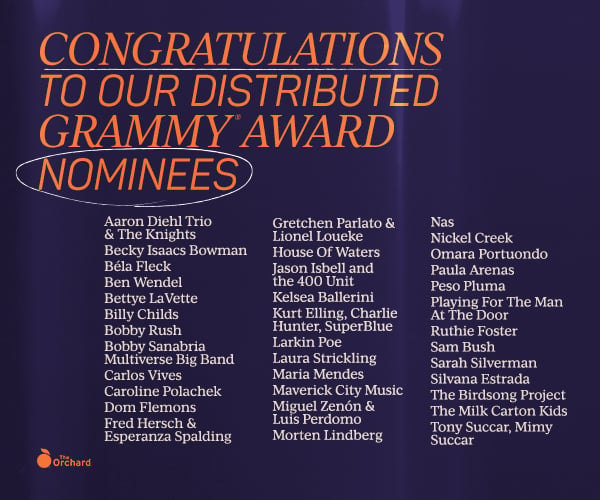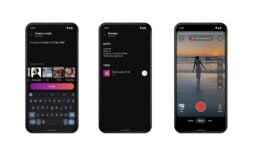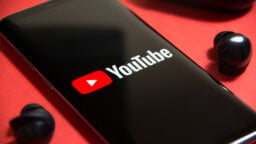YouTube is testing a new feature for Android devices that would allow users to identify songs by humming.
The move, as reported and noted by TechCrunch, is an advancement compared to Apple‘s own music recognition app Shazam.
YouTube has initiated trials of a song search capability on the Android version of its app, according to Google’s support page. This feature enables users to identify songs on YouTube by humming, singing, or recording a part of the song.
Those granted access to the trial can switch from the regular voice search function to the new song search feature. Users can hum, sing, or record a song for three seconds or more.
The platform then identifies the melody and provides users with links to related YouTube videos containing the searched song, including official music videos, user-generated content, or Shorts.
“This experiment is rolling out to a small percentage of people across the globe who watch YouTube on Android devices,” YouTube said.
The new initiative comes three years after Google, YouTube’s parent company, launched a similar capability on its Google app, Google Search widget, and Google Assistant. This allowed users to identify songs by humming, whistling, or singing into the microphone icon.
However, that feature required a humming duration of 10 to 15 seconds for successful identification of songs.
In comparison, Apple’s popular Shazam app and Siri are not able to recognize a tune that users sing or hum. Apple’s services require users to record a portion of the song to identify it.
In 2020, when it launched the hum-to-search feature, Google said it built machine-learning models that can match users’ hum, whistle or singing to the right “fingerprint.”
“When you hum a melody into Search, our machine learning models transform the audio into a number-based sequence representing the song’s melody. Our models are trained to identify songs based on a variety of sources, including humans singing, whistling or humming, as well as studio recordings,” Google said at the time.
Most recently in May, Google rolled out its AI tool called MusicLM that can generate high-fidelity music from text prompts and humming. Users can simply type in prompts like “soulful jazz for a dinner party” and hum tunes. The AI model then creates two versions of the requested song based on the prompts.
Google’s model was trained on five million audio clips, equal to 280,000 hours of music at 24 kHz.
YouTube has been testing several new features for its platform in recent months. On July 31, the company said it started testing AI auto-generated summaries on YouTube to make it easier for users to read a quick summary about a video.
In February, YouTube started testing a new feature that would allow users to create a podcast or set an existing playlist as a podcast within Studio.
YouTube’s parent Alphabet reported a 4.4% year-over-year jump in revenue from YouTube ads to $7.665 billion in the second quarter, beating analysts’ expectations. It ended a three-quarter streak in which YouTube ads posted revenue declines.
This week, YouTube and Universal Music Group announced a partnership to develop AI music tools.Music Business Worldwide





